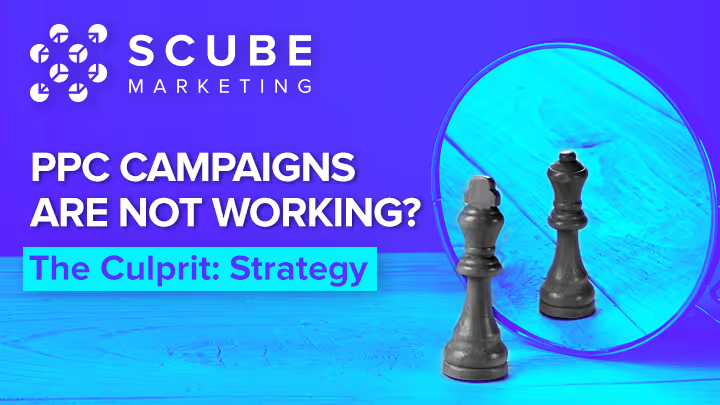
This is the third in a 4-part series covering our BASE methodology for improving e-commerce PPC Program ROI.
Dale Carnegie said ”Any effort applied in the wrong direction is like wasting our energy.” It’s one heck of a quote, too -- it applies to every aspect of life. Of particular interest to us is the way the quote applies to the marketing world.
“Perfect execution on poor strategy will not result in good ROI.
— Tom Bukevicius
Mellow Mushroom Pizza recently ran ads for their brand, which parodied erectile dysfunction drug commercials. Their aim was to make a pizza commercial that resembled a typical drug ad -- the sort we see on daytime T.V. all the time. Here’s a video from the commercial itself:
Mellow Mushroom Pizza (via YouTube)
Execution wasn’t the issue there. Strategy was. Despite having a reasonably successful template to work from, and despite the efficacy of using successful campaigns to inspire new ones, Mellow Mushroom’s strategy simply wasn’t good enough. They were executing well, but on a terrible idea. Digiday rated the commercial as one of the worst 10 ads of 2016.
Today, we continue to cover our BASE methodology. BASE stands for “Business, Analytics, Strategy, Execution.” We’ve already written about:
From the intro, you can tell that we are covering Strategy. Good strategy will focus your attention in the right areas, and will yield higher ROI, so you don’t end up like our friends over at Mellow Mushroom.
So what does a good strategy mean? Larry Bossidy said: “If you can’t describe your strategy in twenty minutes, simply and in plain language, you haven’t got a plan.”
He couldn’t be more correct. To make your strategy more clear, focus on these four simple, yet important questions:
Answers to these questions will help you stay relevant, whether you’re using paid digital media, traditional media, or other traffic channels.
Here are some of the biggest mistakes we see marketers making when it comes to implementing their strategies, along with some things you can do to avoid those pitfalls.
One of the biggest challenges for marketers has been generating traffic and leads, according to a State of Inbound study. Here’s a visual breakdown of the many challenges facing marketers. As you can see, traffic and leads top the list:
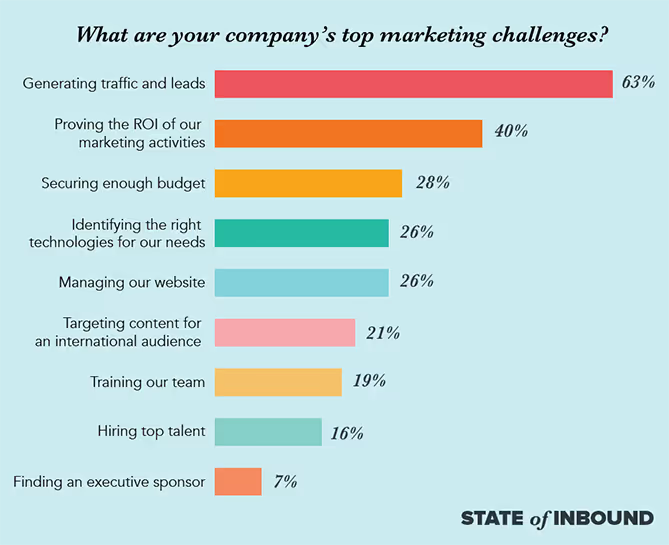
Top Marketing Challenges (via State of Inbound)
There’s a lot of digital traffic out there and it’s growing, too. In 2014, for example, the search channel saw $23.44 (in billions), whereas it’s closer to 32 billion now, and will likely reach 40 billion in another two years’ time. The display channel from the below graph has nearly doubled in the past three years, and will be worth 2.5x its 2014 value in another short two years.

US Digital Ad Spending by Format (via eMarketer)
In addition, traffic varies by format. This represents where the buyers can be reached. Examples include paid search, paid social, or display. The variety of PPC traffic represents a great opportunity. However, not all traffic is the same. That means each traffic channel represents a different dimension.
On top of that, each traffic channel has buyers in different buyer stages such as decision, consideration, and awareness. This represents another dimension at the buyer stage level.
Two-dimensional traffic represents an opportunity and a challenge.
If your paid media strategy is based on only one dimension, you are in a big trouble. Let me explain why. There are a few things are likely happening:
To better visualize the complexity of two-dimensional traffic, we’ve developed a concept called Paid Media Cube. It represents the PPC traffic channel (top dimension) and buyer stage (left dimension) in cubes. Take a look:
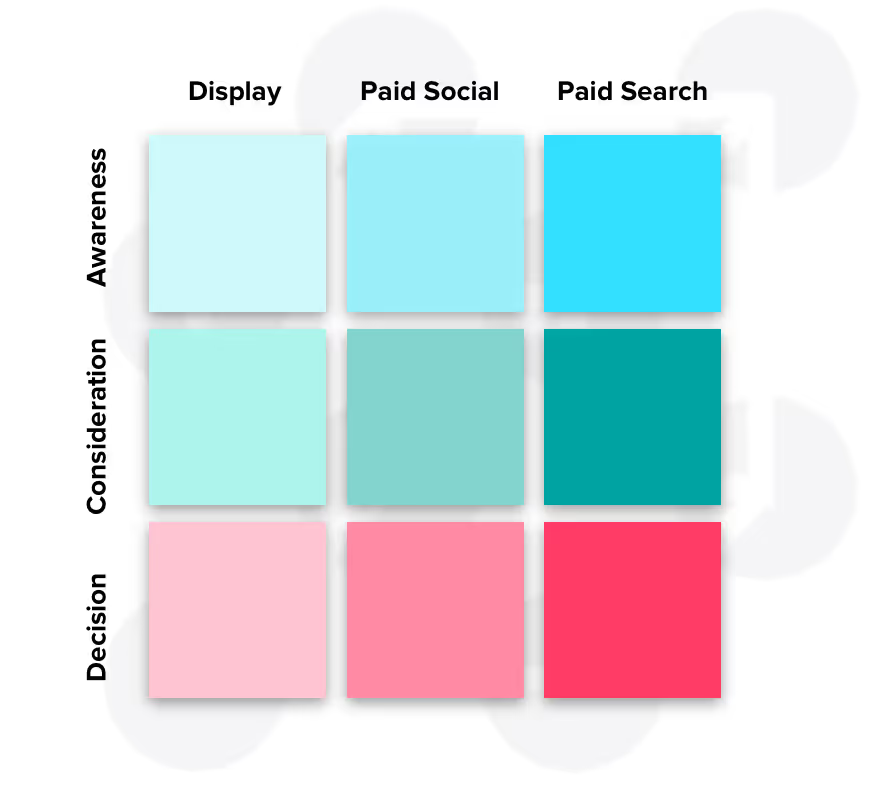
Paid Media Cube (via SCUBE Marketing)
Notice a few things about the Paid Media Cube:
The first step is to understand the Paid Media Cube, and learn how to use it. Once you start using the cube, you’ll immediately have three benefits:
The second step is to review your current traffic strategy, and identify the gaps. For example, let’s take a French language education company. Here’s how you evaluate your paid search strategy based on the Paid Media Cube.
Group all of your paid search traffic (AdWords, Bing Ads, Yahoo Gemini) into three buyer stages:
Here’s what the grouping looks like:

Paid Media Cube with Focus on Paid Search (via SCUBE Marketing)
Review each cube separately and answer 3 questions from the introduction. Let’s take the top cube, Paid Search channel at the Awareness stage, for example:
You will end up with two scenarios: your cube is incomplete or you have a missing cube.
The third step is to develop the strategy for the missing and the incomplete cubes.
Here is how your Paid Media Cube might look like after the review. Note that cubes without the colors are gaps:
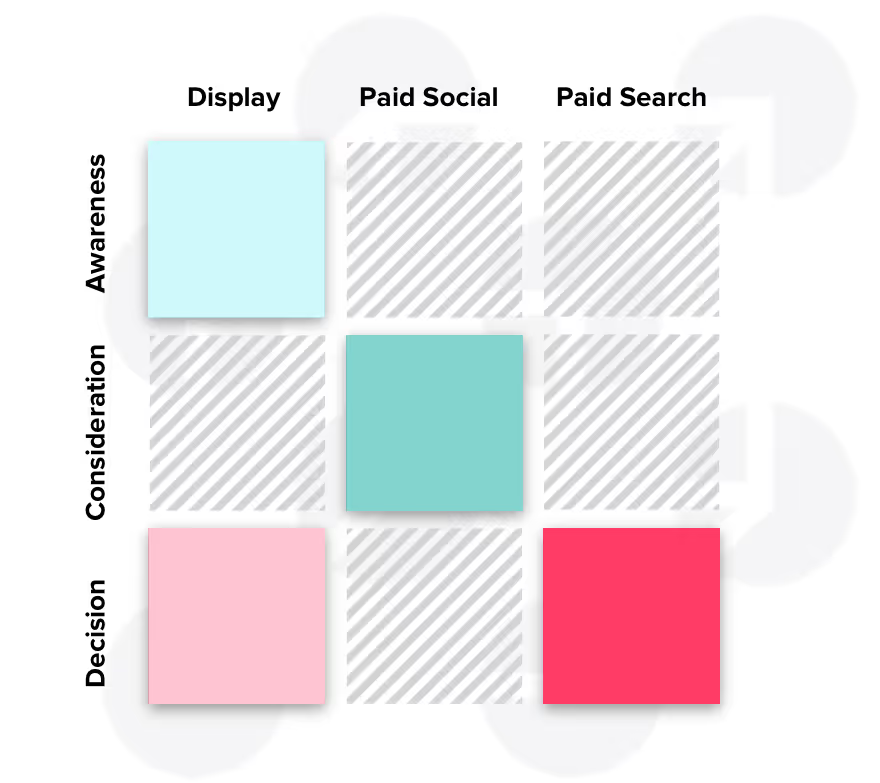
Gaps In Your Paid Media (via SCUBE Marketing)
For the missing cubes, you’ll need to develop a strategy from scratch. Using the advertising platform, and the buyer stage dimensions, will help you think through the strategy -- and answer the three key questions:
For the incomplete cubes, you will have to enhance your strategy within the cube. There are a few specific opportunities to improve the French language education example above. Here’s what I have in mind:
Aside from that, here’s another large mistake we see marketers making all the time.
Take a look at the e-commerce conversion rate of online shoppers in the United States as of 4th quarter 2016, according to Statista.

Conversion Rate of US Online Shoppers (via Statista)
According to Yotpo, conversion rate ranges from 2% to 5%. This means 95% to 98% of consumers are not buying. One of the reasons for these counterintuitive conversion numbers is that the offers don’t speak to the intent of the traffic. No wonder people aren’t reacting well to it. Take a look at the conversion rates for some of the market’s biggest movers:
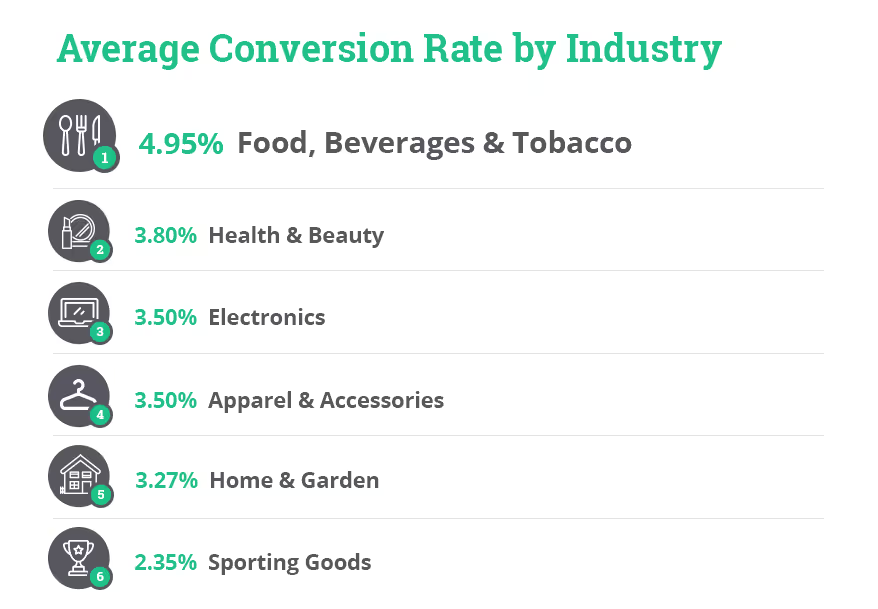
E-Commerce Conversion Rates by Industry (via Yotpo)
Even Big Tobacco, and food/bev combined don’t net 5%. David Ogilvy said, "What really decides consumers to buy or not to buy is the content of your advertising, not its form."
To best illustrate this, think about the dating world.
You probably remember your first date. You were nervous, and you may have scored a kiss at the end.
You probably didn’t ask your date to marry you (I hope not, anyway). If you did, you probably creeped out your date, and maybe even earned yourself a slap in the face (if you’re like our friend in the below example):
Proposal gone wrong (via Giphy)
With dating, and with marketing, there are steps involved. According to a match.com study, there are

Dating Journey Steps (via DailyMail)
The process is similar with e-commerce. Consider the Paid Media Cube. Not all traffic is the same, because buyers have a different intent at the intersection of their buying stage and traffic type. Let’s rehash those terms:
Buying and dating are much the same -- namely, both require participants to matriculate through a series of steps.
You need to align with buyers to help them accomplish smaller goals before making bigger commitments. Your initial objective will vary depending on the ad platform, and the buyer stage. It should match the intent of your buyers.
This brings us to the fourth question I introduced at the beginning of the article: What are you going to offer them (your audience)?
Let’s go back to the French language course example, and assume your focus is Paid Search channels. You know this channel has a high intent, since you’re targeting buyers who are proactively searching for solutions. Take a look at the example below:

Paid Search Channels in Paid Media Cube (via SCUBE Marketing)
In this example, the offer will depend on the buyer stage. Here are a few different scenarios and plays you can make to capitalize:
This approach also applies to other traffic types, such as paid social, and display.
Here’s a visual on how you can create better offers.
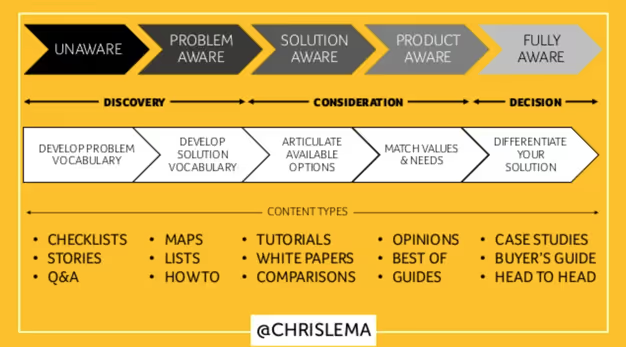
Offer Types By Buyer’s Journey Stage (via Chris Lema)
Sums it up nicely, doesn’t it? Onto the next major mistake we see marketers making all the time.
Up to 95% of website visitors will not buy on their first visit. 55% of visitors to your site will leave within 15 seconds of arriving. Buyers will need an average 5 touch points before deciding to buy the product, according to ThinkWithGoogle. Have a look at the below example for a visualization of this concept:
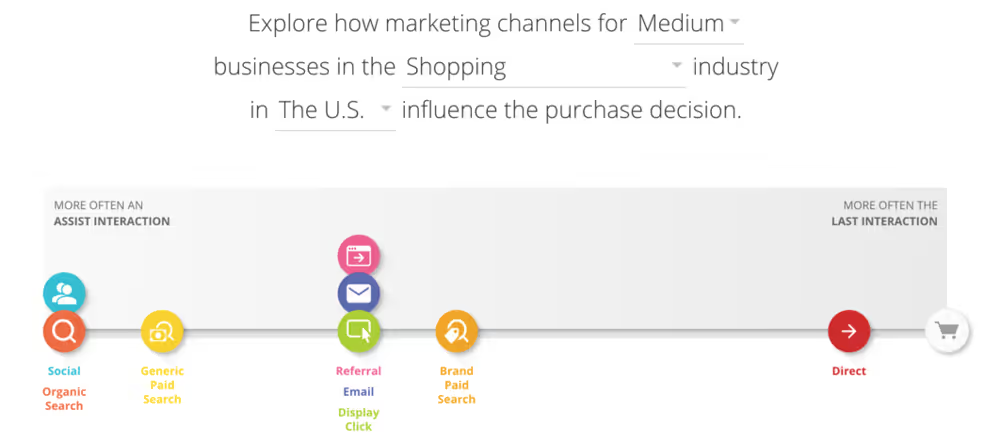
The Customer Journey to Online Purchase (via ThinkWithGoogle)
This explains the industry conversion rate ranging from 2% to 5%.
Don’t believe me? Check your Path Length report in Google Analytics.

Path Length Report in Google Analytics (via SCUBE Marketing)
This begs the question -- do you have a contingency plan for the remaining 95%?
If not, this is a big problem. You need a clear strategy on how you’ll steer these buyers in your direction. You cannot rely on luck to be successful. There are no magic bullets, as I’m a fan of saying.
You need to tackle the 95% with retargeting, and you need to take it seriously. According to Digital Information World, people who are retargeted to are 70% more likely to convert.
Before diving deep into retargeting, you need to learn about common rookie mistakes. I’ve outlined some below:

“Banner Blindness” Stats (via InfoLinks)
When the issues above are addressed, it's time to develop your retargeting strategy. Melissa Mackey, Search Supervisor at Gyro, suggests the following, "Think about user behavior and what makes sense: should you show them a special deal? A piece of content to help them make a purchase decision? An ad for a complementary product? Putting some thought into your ad strategy up front will help make remarketing successful."
I suggest using our Retargeting Matrix framework to develop your retargeting strategy.
The Retargeting Matrix represents 4 levers:
The framework helps you systematically plan, implement, and scale retargeting campaigns. It forces you to approach your campaigns strategically, and it presents the plan in an easily-understood format. Here’s an example of what the product pages visitor segment looks like:

Retargeting Matrix Example (via SCUBE Marketing)
When defining your retargeting strategy, always go back to the four original questions from the introduction of this piece. For the purposes of clarity, I will use the Abandoned Checkout visitors segment as an example:
If you want more technical details, I’ve covered the retargeting framework on BigCommerce blog, Unofficial Shopify Podcast and SEMrush webinar.
To improve your paid media campaigns, you have to have a good strategy, and focus your efforts in the right direction. Remember, it’s the internal factors that will help dictate your PPC success.
Strategy is as important as anything. Flawless execution of a poor strategy is still doing the wrong thing. Plan, revise, analyze, and repeat. Implement your strategy, and watch your campaigns become more successful as a result.